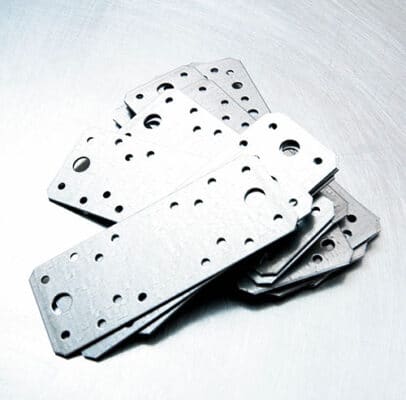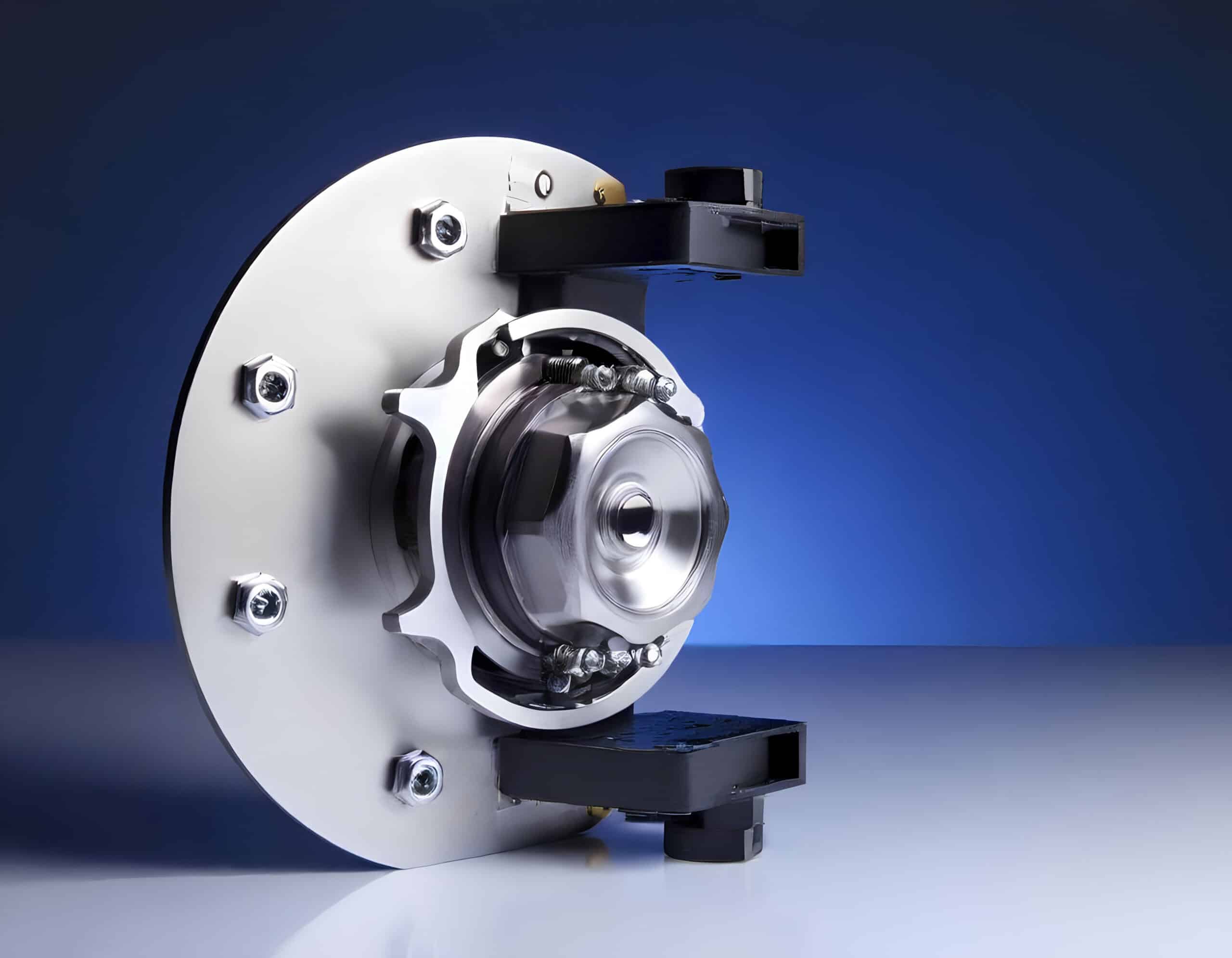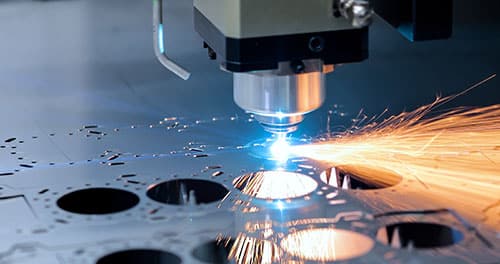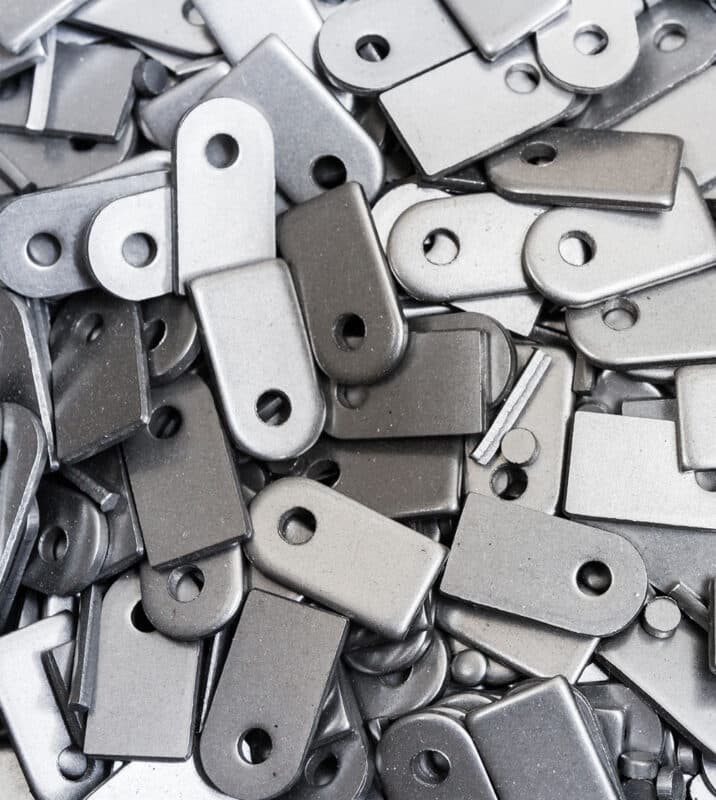In the world of engineering, precision is not just an option; it’s a necessity.
Let’s talk about metal shims—often overlooked yet vital components that can significantly enhance engineering efficiency. These thin, flat pieces of metal serve as crucial spacers, aligners, or fillers, ensuring that machinery and structures operate flawlessly.
Whether you’re addressing mechanical misalignments or adjusting clearances, understanding the role of metal shims can unlock new levels of performance in your projects. In this ultimate guide, we’ll delve into the various types of metal shims, their applications, and best practices for proper use.
Get ready to transform your engineering approach and optimise your operations, as we uncover the precision and reliability that come with integrating metal shims into your work. Your path to enhanced efficiency starts here, and the possibilities are limitless!
The Importance of Precision in Engineering
Precision in engineering is the cornerstone of reliable and efficient operations. In industries where even the slightest deviation can lead to significant issues, maintaining tight tolerances is critical. Precision ensures that components fit together correctly, operate smoothly, and function as intended without causing undue stress or wear. This level of accuracy is paramount in various sectors, including aerospace, automotive, and manufacturing, where the integrity and performance of machinery can directly impact safety and productivity.

Achieving this level of precision often requires the use of specialised components, and metal shims are among the most essential. These thin, flat pieces of metal are used to fill gaps, adjust clearances, and align parts to exact specifications. By doing so, they help prevent misalignments that could lead to mechanical failures, excessive wear, and other operational problems. Metal shims play a crucial role in ensuring that machinery and structures perform at their best, reducing downtime and maintenance costs.
Moreover, precision in engineering is not just about preventing failures; it’s also about optimising performance. When components are perfectly aligned and clearances are precisely adjusted, machinery operates more efficiently. This can lead to improved performance, reduced energy consumption, and extended equipment life. Therefore, understanding and utilising metal shims effectively can significantly enhance the overall efficiency and reliability of engineering projects.

Types of Metal Shims
Metal shims come in a variety of materials, each offering unique properties and benefits for different applications. The most commonly used materials include stainless steel, brass, aluminium, and copper. Stainless steel shims are prized for their durability, corrosion resistance, and ability to withstand high temperatures, making them ideal for harsh environments and heavy-duty applications. Brass shims, on the other hand, offer excellent machinability and are often used in applications where electrical conductivity is essential.
Aluminium shims are lightweight and provide good corrosion resistance, making them suitable for applications where weight is a critical factor. They are also relatively easy to cut and shape, which can be advantageous in custom applications. Copper shims are known for their excellent thermal and electrical conductivity, making them a popular choice in electrical and thermal management applications. Each of these materials can be selected based on the specific requirements of the project, ensuring optimal performance and longevity.
In addition to material variations, metal shims also come in different forms, such as slotted, laminated, and solid. Slotted shims are designed with pre-cut slots that allow for easy installation and adjustment, making them ideal for applications where quick and precise adjustments are needed. Laminated shims consist of multiple layers that can be peeled away to achieve the desired thickness, offering flexibility and customisation. Solid shims, as the name suggests, are single-piece shims that provide a robust and stable solution for applications requiring high precision and stability.
Applications of Metal Shims in Various Industries
Metal shims are indispensable in a wide range of industries, each utilising these versatile components to address specific engineering challenges. In the aerospace industry, for instance, the need for precision is paramount. Metal shims are used to ensure the alignment and fit of critical components such as turbines, landing gear, and control surfaces. By maintaining precise tolerances, these shims help enhance the safety, performance, and reliability of aircraft, which is essential given the harsh operating conditions and stringent regulatory standards in this sector.
The automotive industry also heavily relies on metal shims to achieve optimal performance and longevity of vehicles. Engine components, transmission systems, and suspension assemblies require precise alignment and clearance adjustments to function correctly. Metal shims play a crucial role in achieving these specifications, reducing wear and tear, and improving overall vehicle efficiency. Additionally, shims are used in the assembly of car bodies to ensure a perfect fit and finish, contributing to the aesthetic appeal and structural integrity of the vehicle.

In the manufacturing sector, metal shims are used in machinery and equipment to maintain proper alignment and function. They are essential in the installation and maintenance of heavy equipment, where even minor misalignments can lead to significant operational issues and downtime. By using metal shims, manufacturers can ensure that their machinery operates smoothly and efficiently, minimising the risk of breakdowns and extending the lifespan of their equipment. Furthermore, metal shims are used in the construction industry to achieve precise alignment and levelling of structural components, enhancing the stability and safety of buildings and infrastructure.
How to Choose the Right Metal Shim for Your Project
Choosing the correct metal shim for your project involves several considerations to ensure optimal performance and longevity. The first factor to consider is the material of the shim. Depending on the application, you may need a material that offers specific properties such as corrosion resistance, thermal conductivity, or strength. For example, stainless steel shims are ideal for environments exposed to moisture or chemicals, while aluminium shims are suitable for applications where weight is a concern.
The thickness of the shim is another critical factor. The required thickness will depend on the gap or clearance that needs to be filled. In some cases, you may need to use a combination of shims to achieve the desired thickness. Laminated Peelable shims can be particularly useful in these situations, as they allow for easy adjustment by peeling away layers to reach the precise thickness needed. Additionally, consider whether a slotted or solid shim would be more appropriate for your application. Slotted shims offer easier installation and adjustment, while solid shims provide greater stability and support.
Another important consideration is the environment in which the shim will be used. Factors such as temperature, humidity, and exposure to chemicals can impact the performance and durability of the shim. For high-temperature applications, materials like stainless steel or high-temp alloys are recommended. In corrosive environments, materials with excellent corrosion resistance, such as stainless steel or brass, should be chosen. By carefully evaluating these factors and selecting the appropriate shim, you can ensure that your project achieves the desired level of precision and reliability.
Installation Techniques for Metal Shims
Proper installation of metal shims is crucial to achieve the desired precision and performance in your engineering projects. One of the key steps in the installation process is to ensure that the surfaces where the shims will be placed are clean and free of debris. Any dirt, oil, or other contaminants can affect the fit and alignment of the shims, leading to inaccuracies and potential issues down the line. Cleaning the surfaces thoroughly with a suitable solvent or cleaner will help ensure a proper fit.
When installing metal shims, it’s essential to position them accurately and securely. For slotted shims, align the slots with the corresponding bolts or fasteners to ensure a snug fit. If using laminated shims, peel away the necessary layers to achieve the desired thickness before installation. In some cases, it may be required to use multiple shims to achieve the correct alignment and clearance. Carefully stack and align the shims to maintain the integrity and stability of the assembly.
Tightening the fasteners or bolts after placing the shims is another critical step. It’s essential to tighten them evenly and gradually to avoid shifting or misalignment of the shims. Using a torque wrench can help ensure that the fasteners are tightened to the appropriate specifications, preventing over-tightening or under-tightening, which can compromise the effectiveness of the shims. By following these installation techniques, you can achieve precise and reliable alignment, enhanci
Maintenance and Care for Metal Shims
Maintaining and caring for metal shims is essential to ensure their longevity and continued performance. Regular inspection of the shims is necessary to identify any signs of wear, damage, or corrosion. Over time, shims can become worn or deformed due to the stresses and loads they are subjected to, which can affect their ability to maintain precise alignment and clearances. Inspecting the shims periodically allows you to detect and address any issues before they lead to more significant problems.
Cleaning the shims and the surrounding areas is also an essential aspect of maintenance. Accumulated dirt, grease, and other contaminants can affect the performance of the shims and the overall system. Use appropriate cleaning agents to remove any build-up and keep the shims and their contact surfaces clean. Additionally, applying a suitable lubricant to the shims can help reduce friction and wear, further enhancing their performance and extending their lifespan.
In some cases, it may be necessary to replace the shims to maintain optimal performance. If you notice significant wear, deformation, or corrosion during your inspections, it’s best to replace the affected shims promptly. Using high-quality replacement shims that are manufactured to precise specifications will ensure that your machinery and structures continue to operate efficiently and reliably. By implementing a regular maintenance and care routine, you can maximise the benefits of metal shims and maintain the precision and efficiency of your engineering projects.
Common Issues and Solutions with Metal Shims
Despite their simplicity and effectiveness, metal shims can sometimes present challenges that need to be addressed to maintain optimal performance. One common issue is the deformation or warping of shims under heavy loads or high temperatures. This can compromise the alignment and clearance of the components, leading to operational inefficiencies and potential failures. To mitigate this issue, it’s essential to select shims made from materials that can withstand the specific conditions of your application. Stainless steel and other high-strength alloys are often recommended for high-stress environments.
Another common problem is the corrosion of metal shims, especially in environments exposed to moisture, chemicals, or other corrosive elements. Corroded shims can lose their structural integrity and effectiveness, leading to misalignment and other issues. To prevent corrosion, choose shims made from corrosion-resistant materials such as stainless steel or brass. Additionally, applying protective coatings or lubricants can help shield the shims from corrosive agents and prolong their lifespan.
Improper installation is another frequent issue that can affect the performance of metal shims. Misalignment, inadequate tightening of fasteners, or contamination of contact surfaces can all lead to suboptimal results. To address this, follow best practices for shim installation, including cleaning the surfaces thoroughly, aligning the shims accurately, and tightening the fasteners evenly and to the correct specifications. By addressing these common issues and implementing appropriate solutions, you can ensure that your metal shims provide reliable and precise performance in your engineering projects.
Innovations in Metal Shim Technology

The field of metal shim technology is continually evolving, with new innovations enhancing the performance, versatility, and ease of use of these essential components. One notable advancement is the development of precision-engineered shims made using advanced manufacturing techniques such as laser cutting and waterjet cutting. These methods allow for the production of shims with extremely tight tolerances and complex geometries, ensuring a perfect fit and optimal performance in even the most demanding applications.
Another significant innovation is the introduction of composite shims, which combine the properties of different materials to achieve enhanced performance characteristics. For example, composite shims may feature a core of high-strength material such as stainless steel, laminated with layers of lightweight or corrosion-resistant materials like aluminium or plastic. This combination offers the strength and durability of metal shims with additional benefits such as reduced weight or improved corrosion resistance, making them suitable for a broader range of applications.
Digital technologies are also playing a role in the evolution of metal shims. Advanced software tools and simulation techniques allow engineers to model and analyse the performance of shims in various scenarios, optimising their design and application. This digital approach enables more precise and efficient use of shims, reducing the need for trial and error and enhancing overall engineering efficiency. As technology continues to advance, we can expect further innovations in metal shim technology, offering new possibilities for precision and performance in engineering projects.
Conclusion and Future Trends in Engineering Efficiency
In conclusion, metal shims are indispensable components in the pursuit of precision and efficiency in engineering. Their ability to fill gaps, adjust clearances, and align components makes them essential in a wide range of industries, from aerospace and automotive to manufacturing and construction. By understanding the different types of metal shims, their applications, and best practices for their use, engineers can unlock new levels of performance and reliability in their projects.
Looking to the future, the continued advancement of metal shim technology promises even greater possibilities for enhancing engineering efficiency. Innovations such as precision-engineered shims, composite materials, and digital design tools are set to revolutionise the way engineers approach alignment and spacing challenges. These advancements will enable more precise, efficient, and cost-effective solutions, driving further improvements in the performance and longevity of machinery and structures.
As we move forward, the importance of precision and efficiency in engineering will only continue to grow. By staying informed about the latest developments in metal shim technology and adopting best practices for their use, engineers can ensure that they are well-equipped to meet the challenges of the future. Embracing these innovations and integrating metal shims into your engineering approach can unlock new levels of precision and efficiency, paving the way for more successful and reliable projects. The future of engineering efficiency is bright, and metal shims will undoubtedly play a crucial role in shaping it.

